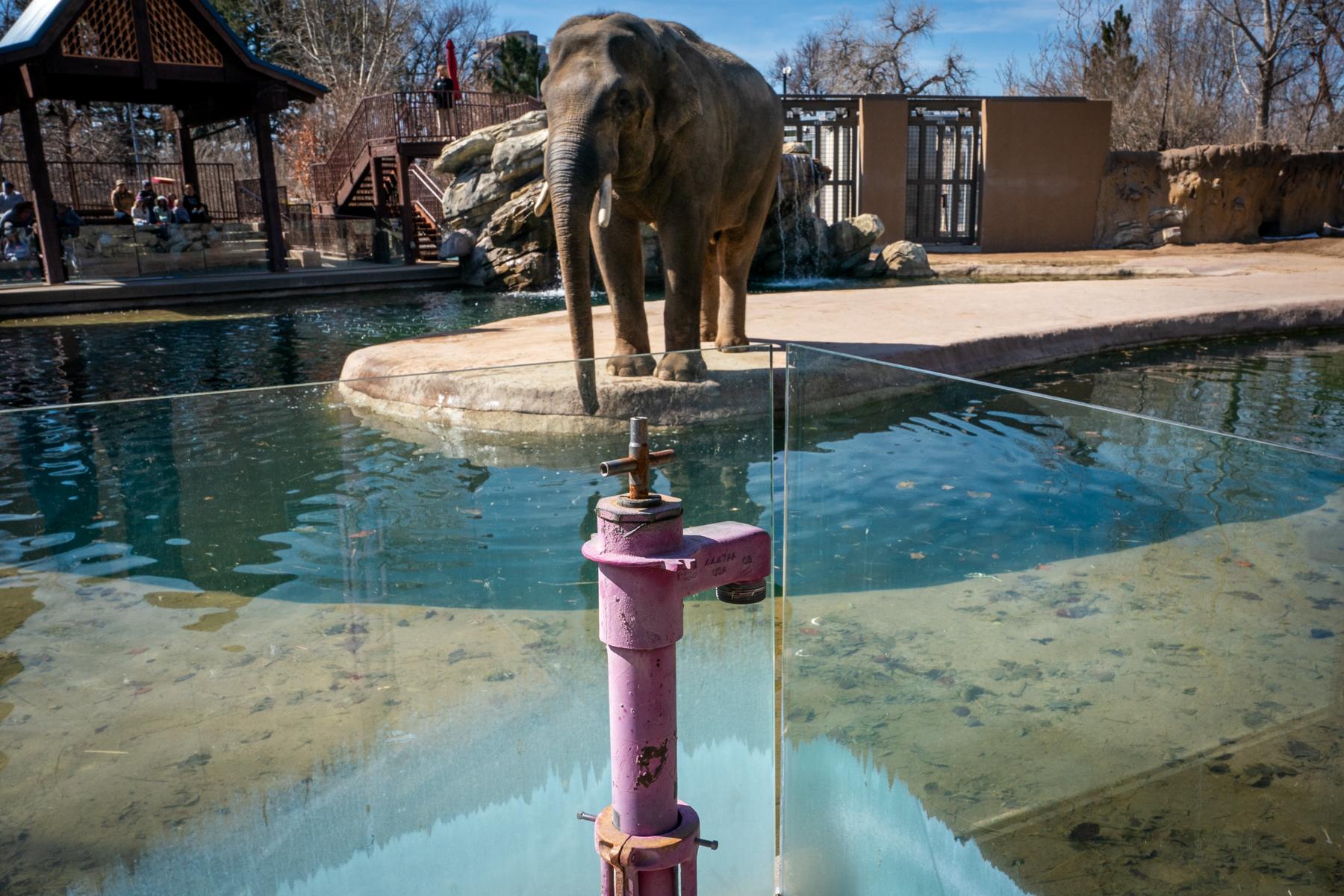
One year ago today, nearly 98 percent of Colorado was experiencing drought conditions. Now, for the first time since August 2019, there’s no drought conditions anywhere in the state.
Statewide drought levels have been steadily dropping over the past several months, as heavy rains picked up across the state. The July 4 update from the U.S. Drought Monitor showed that it had indeed disappeared completely.
The Drought Monitor’s last update, released on June 27, showed just one patch of the lowest level of drought in Baca County, in the southeast corner of the state.
“The fact that none of Colorado shows up in any color on the map right now means that a majority of those data sets are showing that conditions are at least above the 30th percentile,” said Drought Monitor climatologist Curtis Riganti. “So either they're unusually wet or they're within a relatively normal range for this time of year and for all those different locations in Colorado.”
Colorado’s snowpack and rainfall levels have been higher this year than previous ones, due to constant and intense storms this spring and summer, which has helped pull the state out of current drought conditions. Colorado State Climatologist Russ Schumacher said this year has been good, but cautions the persistence of long-term drought is still likely.
“To have a good picture on the drought, that's honestly gonna require a bunch of winters like this last winter we had with huge snows in the mountains,” Schumacher said. “It could happen, but it probably isn't real likely to have year after year of really snowy conditions.”
And while current in-state conditions look good, the health of the Colorado River Basin continues to be unstable.
“If we zoom out to the Colorado River Basin, there's still very significant issues there,” Schumacher said. “The reservoirs we have in Colorado, for example, have all filled up after our big snow this year, but those big reservoirs downstream, Lake Powell, Lake Mead are still way below average, let alone being full.”
Weather this year is expected to be rainy for the Front Range and the Eastern Plains, due to the return of El Niño. But that rainfall also means a stronger likelihood of a drier-than-normal summer for the Four Corners region and parts of the Western Slope, which could pull those regions back into drought conditions.









